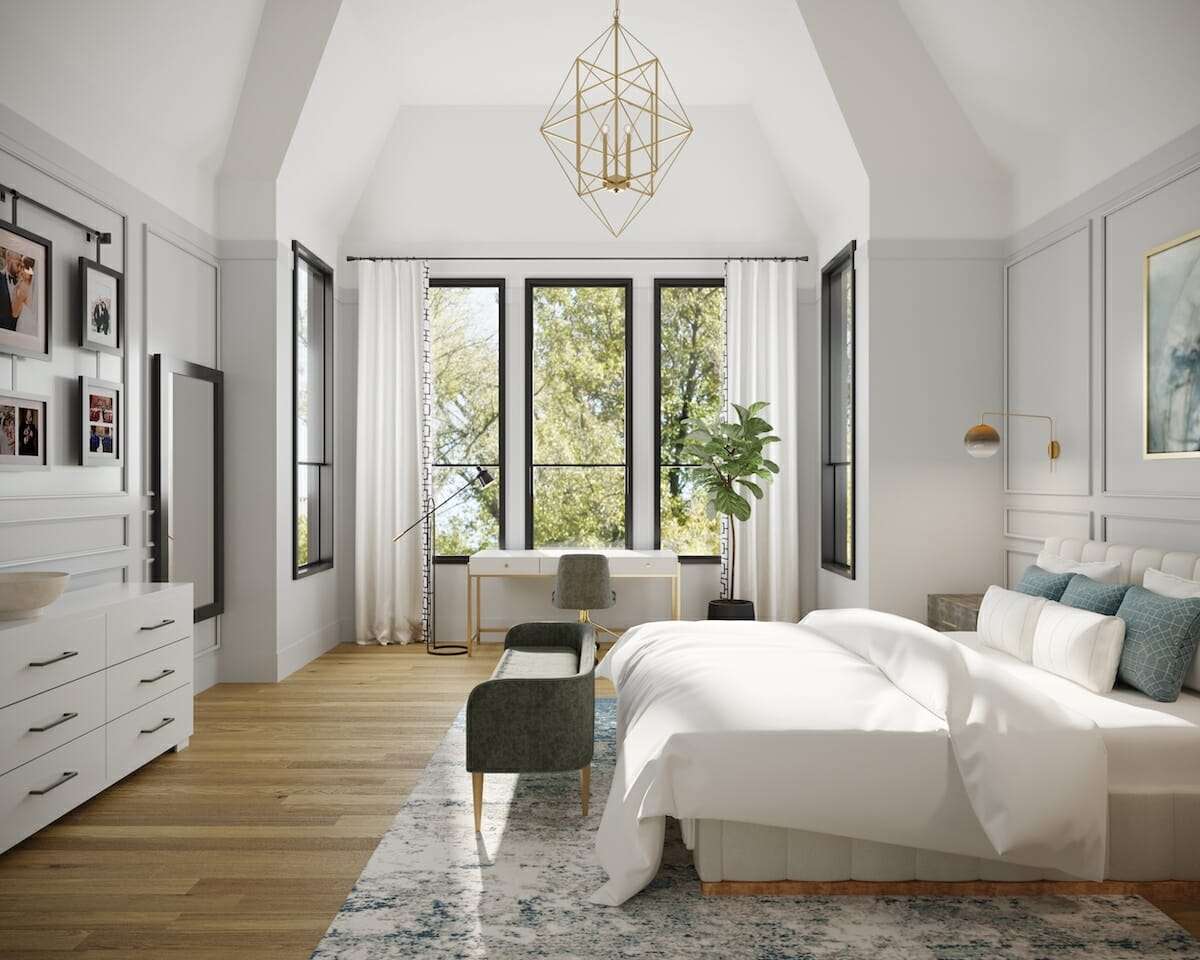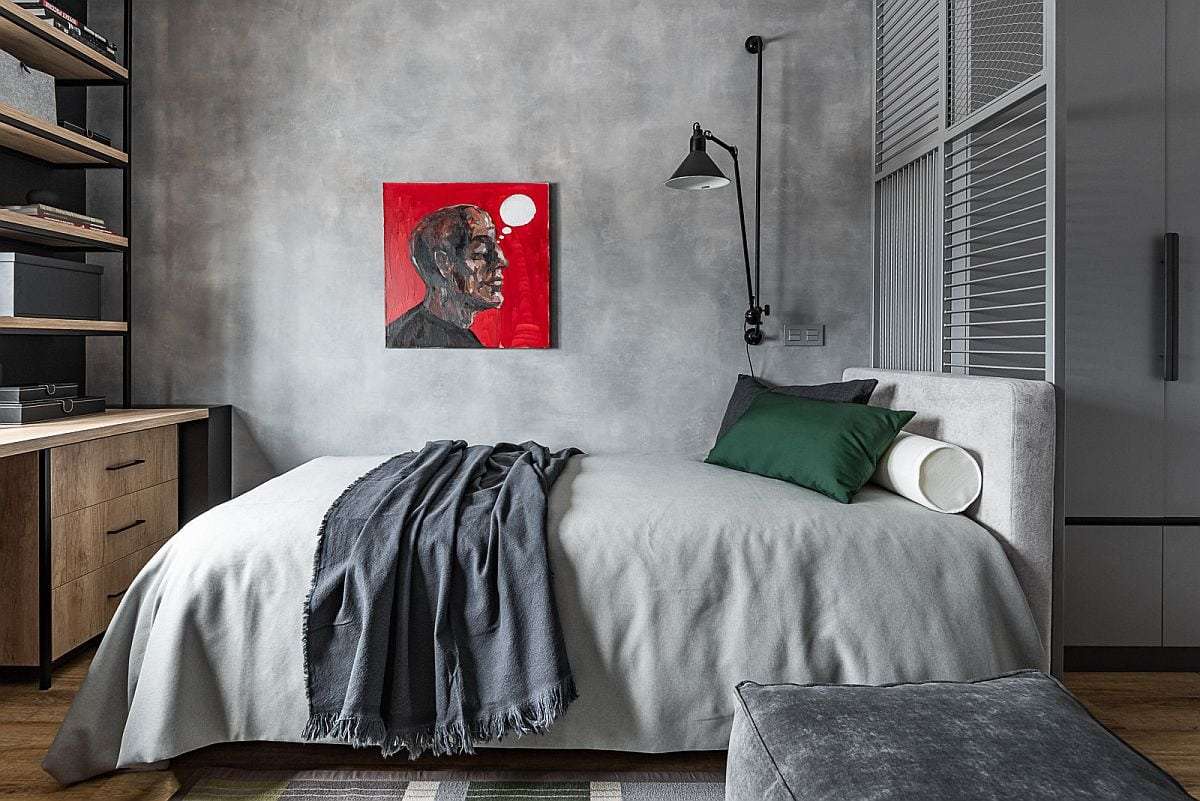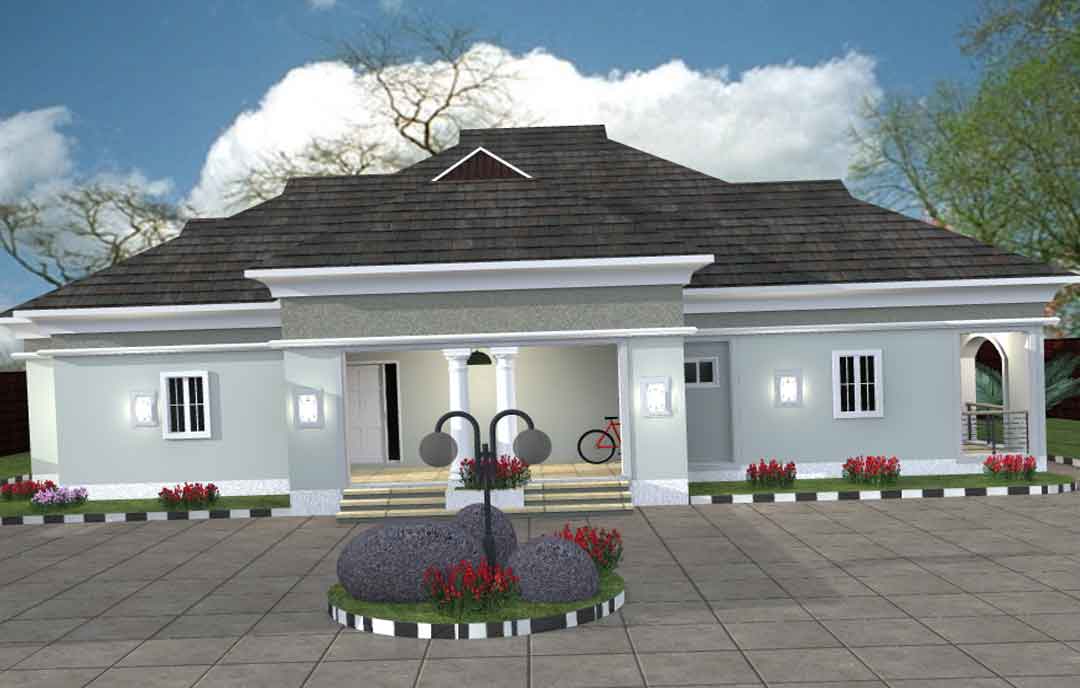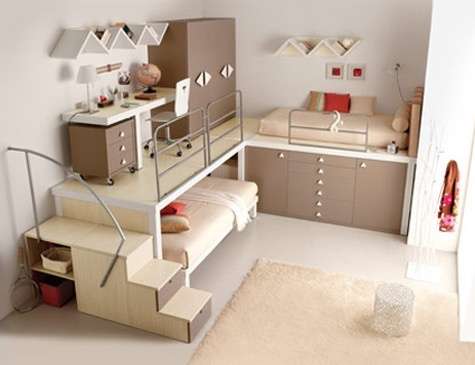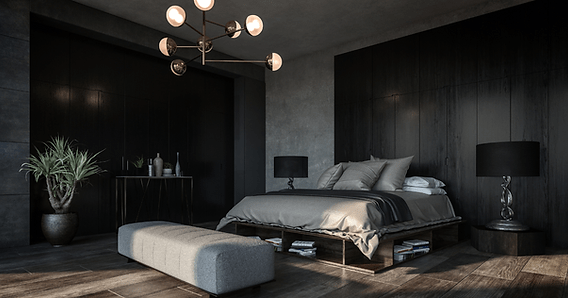The year 2022 saw a significant shift in master bedroom interior design trends, moving away from stark minimalism towards warmer, more personalized spaces. Comfort and functionality became paramount, reflecting a desire for sanctuary and relaxation within the home. Think layered textures, soothing color palettes, and elements that promote restful sleep and a sense of well-being. The overarching theme was creating a space that feels both luxurious and deeply personal, truly embracing individual style and needs when considering master bedroom interior design trends.
Embracing Natural Elements
One of the most prominent trends was the incorporation of natural materials. This includes:
- Wood: Utilizing natural wood tones in furniture, flooring, and even wall paneling brings warmth and texture to the bedroom.
- Stone: Accents of stone, such as a stone-topped nightstand or a small stone sculpture, add a touch of organic elegance.
- Plants: Bringing the outdoors in with potted plants not only adds visual appeal but also improves air quality and promotes a sense of calm. Consider low-maintenance options like snake plants or ZZ plants.
- Natural Fabrics: Linen, cotton, and other natural fabrics were favored for bedding, curtains, and upholstery, offering breathability and a soft, luxurious feel.
Color Palettes for Serenity
Color played a crucial role in creating a calming atmosphere. While bolder colors might have been used as accents, the primary palette leaned towards:
- Earthy Tones: Warm browns, muted greens, and terracotta shades created a grounding and comforting environment.
- Soft Neutrals: Creamy whites, light grays, and beige provided a versatile backdrop for layering textures and adding pops of color.
- Pastels: Dusty pinks, pale blues, and lavender added a touch of romance and sophistication.
Luxury and Comfort: Textural Layers
Creating a luxurious and comfortable master bedroom involved layering different textures. Consider these elements:
- Plush Rugs: A thick, plush rug underfoot adds warmth and softness to the room.
- Velvet Upholstery: A velvet headboard or accent chair provides a touch of opulence.
- Knit Throws: Layering knit throws and blankets on the bed creates a cozy and inviting feel.
- Linen Bedding: High-quality linen bedding offers breathability and a luxurious feel against the skin.
Smart Technology Integration
Technology seamlessly integrated into the master bedroom design, enhancing comfort and convenience. Examples include:
- Smart Lighting: Adjustable lighting systems allowed for creating different moods and settings.
- Automated Blinds: Remote-controlled blinds provided privacy and light control at the touch of a button.
- Integrated Sound Systems: Wireless speakers allowed for enjoying music or podcasts without cluttering the space.
Statement Lighting
Lighting became a focal point in the master bedroom. Instead of simply providing illumination, light fixtures were chosen to make a statement and add visual interest. Options included:
- Oversized pendants
- Sculptural lamps
- Statement chandeliers
These lighting choices often acted as the jewelry of the room, complementing the color scheme and textures.
Comparison of Key Trends
| Trend | Description | Benefits |
|---|---|---|
| Natural Elements | Incorporating wood, stone, plants, and natural fabrics. | Creates a warm, organic, and calming atmosphere. |
| Serene Color Palettes | Using earthy tones, soft neutrals, and pastels. | Promotes relaxation and restful sleep. |
| Textural Layers | Layering plush rugs, velvet upholstery, and knit throws. | Adds comfort, luxury, and visual interest. |
Ultimately, the key to successful master bedroom interior design trends is to create a space that reflects your personal style and provides a sanctuary for rest and rejuvenation.
THE RISE OF PERSONALIZATION AND BESPOKE DESIGN
Beyond adherence to generalized trends, 2022 witnessed a pronounced emphasis on personalization within the master bedroom. Individuals sought to cultivate spaces that resonated with their unique aesthetic sensibilities and lifestyle requirements. This manifested in the increasing prevalence of bespoke furniture, custom-designed storage solutions, and curated collections of art and artifacts. The objective was to transcend the notion of a mere sleeping chamber and instead create a personalized sanctuary that reflected the occupant’s identity and aspirations.
ADAPTING TO MULTIFUNCTIONAL SPACES
In light of the evolving dynamics of contemporary living, the master bedroom increasingly functioned as more than a dedicated sleeping area. The integration of designated workspaces, reading nooks, and even discreet exercise zones became commonplace. This necessitated a meticulous approach to spatial planning and furniture selection, ensuring a seamless transition between diverse activities without compromising the room’s inherent tranquility. Modular furniture systems and adaptable storage solutions proved instrumental in facilitating this multifunctional transformation.
THE ENDURING APPEAL OF ART AND DÉCOR
The selection of art and decorative objects played a pivotal role in enhancing the aesthetic character of the master bedroom. Thoughtfully chosen artwork, ranging from abstract paintings to representational sculptures, served as focal points and imbued the space with personality. Furthermore, the strategic placement of decorative objects, such as antique mirrors, ceramic vases, and handcrafted textiles, contributed to the overall sense of refinement and sophistication. These elements were carefully curated to complement the room’s color palette, textures, and overall design scheme.
THE IMPORTANCE OF LIGHTING DESIGN
Effective lighting design remained paramount in creating a conducive atmosphere for rest and relaxation. Beyond the aforementioned statement lighting fixtures, a comprehensive approach to illumination encompassed ambient lighting, task lighting, and accent lighting. Ambient lighting, typically provided by recessed fixtures or indirect sources, established a soft and diffused glow throughout the room. Task lighting, such as bedside lamps or adjustable reading lights, facilitated focused activities without straining the eyes. Accent lighting, strategically directed at artwork or architectural features, added depth and dimension to the space.
LOOKING FORWARD: SUSTAINABLE AND ETHICAL CONSIDERATIONS
As environmental consciousness continues to permeate all aspects of design, the master bedroom is not exempt. Sustainable and ethically sourced materials are gaining prominence, reflecting a growing awareness of the environmental impact of interior design choices. From reclaimed wood furniture to organic cotton bedding, consumers are increasingly seeking options that minimize their carbon footprint and support responsible manufacturing practices. This trend is expected to further intensify in the coming years, driving innovation in the development of eco-friendly and ethically produced interior design solutions. Ultimately, selecting sustainable materials alongside personalized layouts and stylish design choices will ensure that any exploration of master bedroom interior design trends yields a space that is both aesthetically pleasing and environmentally conscious.
